Stinging nettle (many gardeners’ adversary) can be a powerful medicinal plant. Generally, when we hear a plant name that has the word “sting” in it, the associations aren’t good.
May this article broaden our horizons! Stinging nettle has been a staple herb medicine since ancient times, dating all the way back to ancient Egyptians using stinging nettle to treat arthritis and lower back pain. Roman troops also used it by rubbing it on themselves to help stay warm.
What Is Stinging Nettle?
Stinging nettle (Urtica dioica) is a rather common perennial plant belonging to the family Urticaceae. This plant and closely related species are found throughout the world: North and South America, Europe, Asia, and Africa. Stinging nettle does best in temperate environments with lots of sunlight, and has an extensive range. It is found throughout the United States.
If you’re unfamiliar with stinging nettle, you may have accidentally discovered it as it brushed against your fingers when gardening or pulling weeds. If this has happened to you, you learned rather quickly how to identify it. Stinging nettle, in addition to temperate climates and sunny areas, likes moist soil and disturbed sites. So agricultural fields and development sites are a favorite for this plant, making it rather common to find.
As the name implies, this plant packs a sting when brushed against your skin. In appearance, stinging nettle is a bright to dark green with hues of yellow. This herbaceous plant can easily grow to be 3 feet high or taller. The leaves are opposite in orientation, pointed and triangle-shaped with the edges having serrations. The entire plant (stems and leaves) is covered in fine, white hairs called trichomes — these are what sting you. Every trichome is like a needle, being hollow on the inside and filled with many different compounds that cause a bodily reaction.
If you are harvesting this plant in the wild, be sure you are properly identifying it. Harvesting a different species will result in different outcomes.
Stinging Nettle Trichomes (Needles)
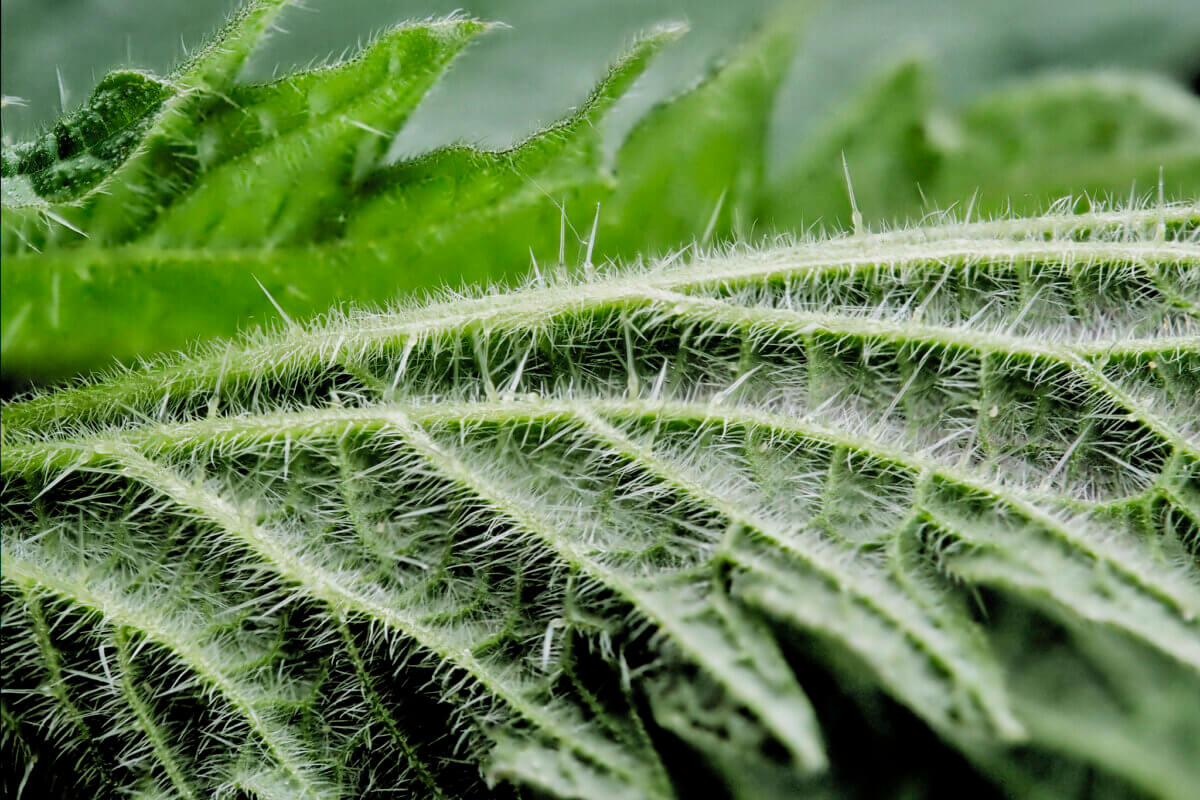
Essentially, when your skin brushes against stinging nettle, the very fragile silica tips on the trichomes will break off in your skin, causing the venom from the trichomes to be injected (like a needle).
What exactly is inside these trichomes? Originally, it was thought that formic acid was the primary ingredient causing the nasty sting, but in reality, formic acid is present in too low concentrations to be solely responsible. It has since been found that histamine, acetylcholine, and serotonin cause inflammation and pain, while tartaric and oxalic acid cause the extended pain duration.
Fun fact 1: Formic acid is the same chemical that causes us pain when ants bite us.
Fun fact 2: Although serotonin is known as a happy hormone, it functions as an irritant when injected with stinging nettles.
*Along with these fun facts comes a general warning that the sting associated with this plant can cause mild swelling, itching, redness, and pain around the affected area. Be extremely cautious when first using or experimenting with this plant, as you do not yet know your body’s reaction.
At this point, you may be wondering how this plant could possibly be of medicinal use, and you might be convinced to avoid it at all costs. Now that we know the pain factors, let’s dive into the benefits.
Medicinal Benefits of Stinging Nettle
Stinging nettle has been used as an herbal remedy for thousands of years. Here’s a list of all the medicinal benefits (we’ll dive into specifics with a few of them).
Detoxifies the Body
Stinging nettle cleanses the body of toxins by neutralizing harmful toxins. It makes elimination quicker and easier on your body. It also helps increase nutrient uptake in the gut which aids in preventing the buildup of toxins within the digestive tract.
Provides Many Vitamins and Nutrients to the Body
Here are all of the minerals and vitamins nettle provides.
- Vitamins A, C, K, and B
- Minerals: calcium, iron, magnesium, phosphorus, potassium, and sodium
- Fats: linoleic acid, palmitic acid, stearic acid, and oleic acid
- All essential amino acids
- Polyphenols: kaempferol, quercetin, caffeic acid, coumarins, and other flavonoids
- Pigments: beta-carotene, lutein, luteoxanthin and other carotenoids
Many of these act as powerful antioxidants in the body. Antioxidants are molecules that help defend the body against free radicals.
Potent Anti-Inflammatory Properties
Because stinging nettle improves blood flow, it is helpful in reducing inflammation. It also helps prevent the body from making inflammatory prostaglandins.
Treats Diabetes
Stinging nettle has compounds that mimic the effects of insulin. In a 3-month study, 46 people taking 500mg of stinging nettles extract three times daily had significantly lowered blood sugar levels compared to a placebo.
Pregnancy Aid
Stinging nettle is used as a natural remedy for women who may be going through excessively painful labor. It also helps guard against heavy bleeding during labor as it is an effective coagulant.
Promotes Feminine Health
It alleviates painful menstrual cramping and decreases bloating. It can also decrease blood flow during menstruation. For this same reason, it can provide a smoother transition to women going through menopause.
Lowers Blood Pressure
Stinging nettle may stimulate nitric oxide production, which acts as a vasodilator (vasodilators relax the muscles of your blood vessels, allowing them to widen). It also has compounds that may act as calcium channel blockers that relax your heart by reducing the force of contractions.
Other Medicinal Benefits
- Increases circulation
- Provides hormonal regulation
- Alleviates enlarged prostate issues
- Stimulates production of breast milk in nursing mothers, making post-birth lactation easier
- Supports wound and burn healing
- Relieves arthritis
- Helps urinary tract infections
- Increases urine output and treats for kidney stones
*Many of these medicinal uses have not been approved by the CDC and should be approached with healthy precautions to see if usage is right for an individual case.
Stinging Nettle Pain Remedies
If you decide to try the medicinal benefits of this plant (whether by direct application or creating soups or teas), it may be beneficial to know some of the pain remedies for stings during harvest.
- Dock leaves are said to offset the pain as dock sap is alkaline in nature. This treatment isn’t proven, and some believe it to be a placebo effect.
- Antihistamine creams can be useful to block the histamine effect, helping to effectively block the receptors that cause the swelling.
- Calamine lotion may be helpful as well as it helps sooth and decrease itching associated with the pain.
- A rather interesting — again, not scientifically proven — remedy is to pee on the affected area. It’s the same logic as peeing on a jellyfish sting. Some say it helps, science says it doesn’t.
- Applying an ice pack or moistened cloth.
- Simply wash the area with soap and cold water. It helps to alleviate pain and swelling while also removing the silica hairs.
Where to Find Stinging Nettle
Given the sting factor, and public distaste for the plant when the medicinal benefits aren’t known, you won’t find this in grocery stores (unless it’s a health food store and has been preprocessed). In health food stores, you can usually find stinging nettle teas, tinctures, creams, ointments, and capsules.
You will generally need to forage for them yourself, and as mentioned, they are found nearly everywhere. The best time to find and harvest them is spring, and sometimes they can be found in farmers markets. If you’re having a difficult time finding them out in the wild, you may have a local health food store or garden club that may be of assistance. Facebook, or similar platforms, may also have local plant groups you can reach out to. Or, can order seeds online and grow them yourself.
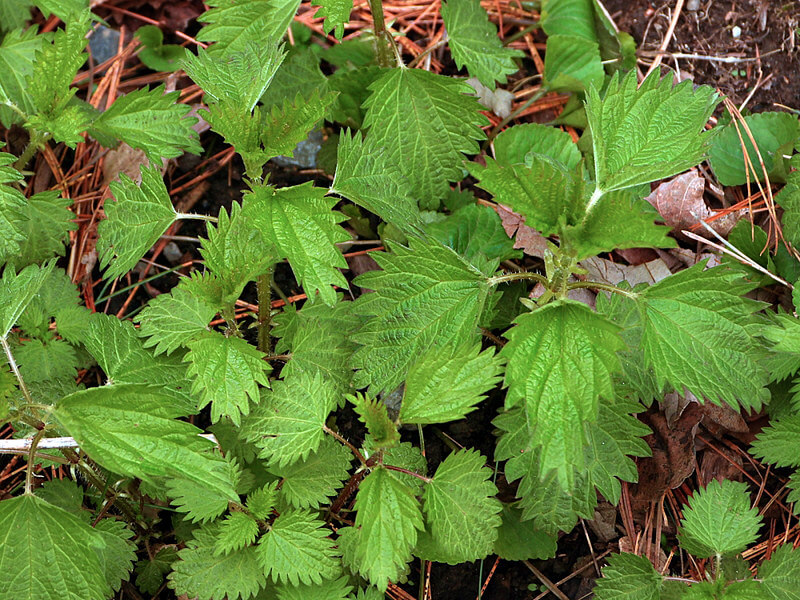
How to Use Stinging Nettle
Direct Application
Many people believe in direct application, and yes, this entails exactly what it sounds like — applying freshly harvested stinging nettle to your skin. Painful? Yes. Helpful? Extremely.
I personally know several people who use stinging nettle this way. One woman has extreme arthritis in her hand, and actively harvests and applies fresh stinging nettle a couple times a week when in season. Other times, she harvests and freezes fresh nettle to use the rest of the year, and finds it greatly helps alleviate her issues.
Another woman had fallen out of a tree (harvesting fruit many years prior) and broken her hip. She now suffers from joint and arthritis pain. Whenever the pain begins to get bad for her, she applies stinging nettle to the area. Her words (more or less) were that yes, it hurts temporarily during the process, but the long term relief it provides is well worth it (the woman with hand arthritis said similar).
Teas and Soups
If you aren’t keen on direct application, I don’t blame you, many people aren’t. There are other ways to obtain some of the medicinal benefits: teas and soups. Believe it or not, stinging nettles are extremely tasty and nutritious to consume.
Below you will find a recipe for stinging nettle soup. Please be aware that there are many ways to make it, so if the one provided below doesn’t suit your fancy, you can find others.
Stinging Nettle Soup
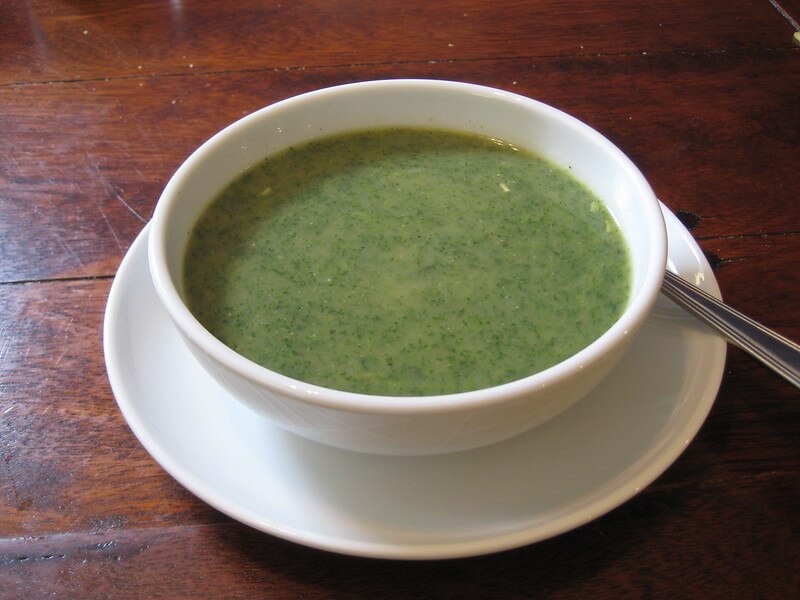
Ingredients
- 1 gallon bag fresh harvested stinging nettle tops
- 1 tablespoon organic extra virgin olive oil
- 1 teaspoon nondairy butter
- 1/2 cup chopped organic shallots
- 1/2 cup chopped organic celery
- 1 pound chopped organic gold or russet potatoes
- 4 cups organic vegetable stock
- 1 or 2 cups water
- 1 organic bay leaf
- 1 teaspoon dried organic thyme (or a few fresh sprigs)
- Freshly ground black pepper
- 1 ½ tablespoons organic lemon juice
- 2 or 3 tablespoons heavy non-dairy whipping cream
Recipe Instruction
1. Blanch the nettles. Bring a large pot of lightly salted water to a boil and prepare another large bowl of ice water. Using tongs or wearing protective gloves, transfer nettles into the boiling water and blanch for 2 minutes. Using tongs, move nettles out of hot water and transfer into the ice water. Strain water. This process helps remove nettle stingers so that you can easily work with the plants.
2. Remove any large stems from nettles.
3. Sauté shallots and celery in a large soup pot, heating the olive oil and nondairy butter first and cooking vegetables for about 5 minutes.
4. Add potatoes, stock, bay leaf, and thyme, and simmer for about 5 minutes.
5. Chop blanched nettles, add to soup pot, and simmer for about 15 minutes or until potatoes and nettles are soft and tender.
6. Remove the bay leaf and purée soup, then return to the pot and remove from heat.
7. Add seasonings, and directly before serving, add swirl in whipping cream and cracked pepper.
8. Enjoy your soup!
It should be noted you do not have to follow any specific recipe. You can simply add the dried leaves and flowers to whatever you happen to be cooking.
*Stinging nettle teas and soups are not as potent as direct application and you will not receive the full medicinal benefits.

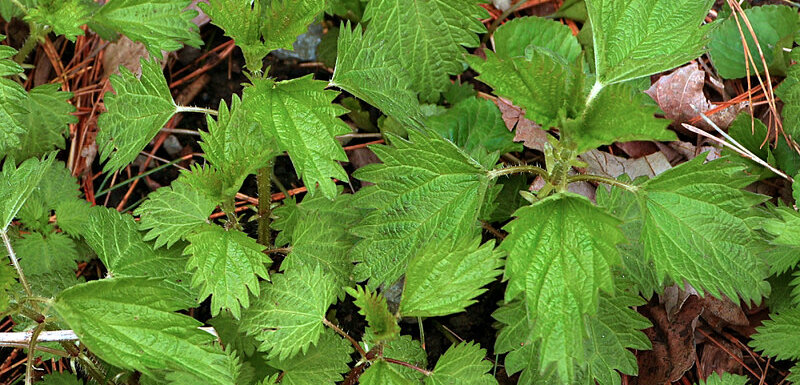




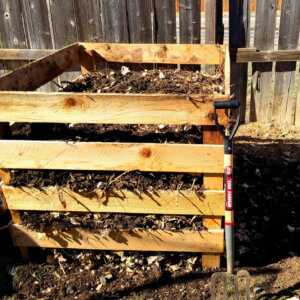
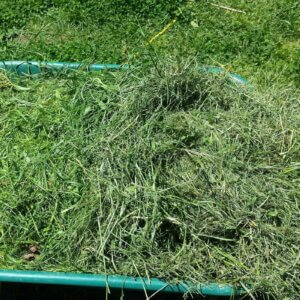


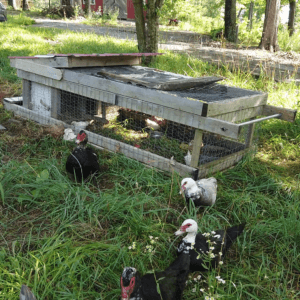
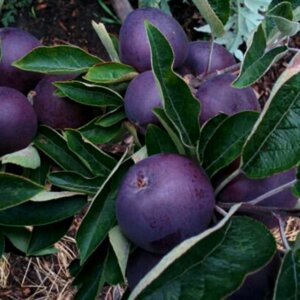












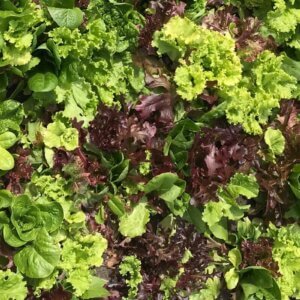


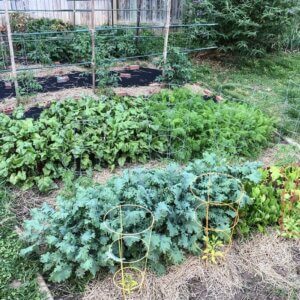
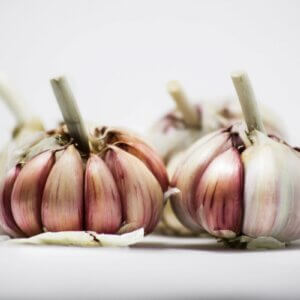
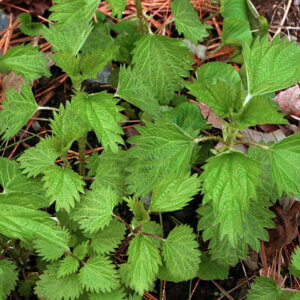
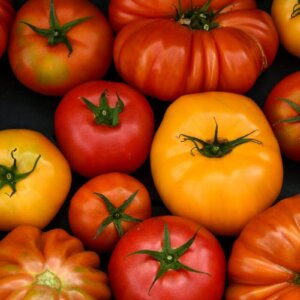
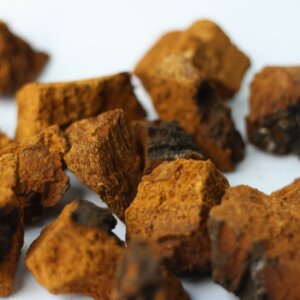

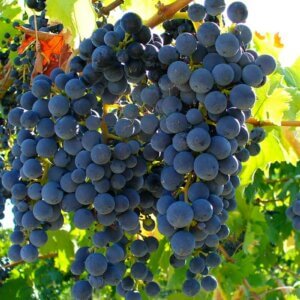



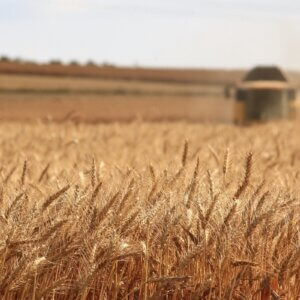
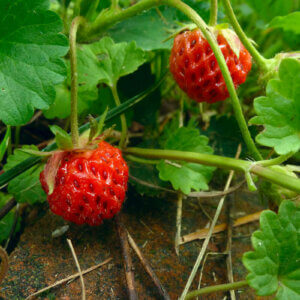

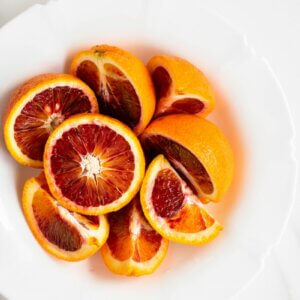
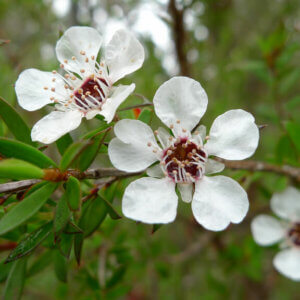
Thank you for an interesting article. Have you tried, or have any knowledge of, sprouting nettle seeds to eat? I have eaten the seeds straight off the plant, a bit ‘zingy’ on the lips but never eaten in quantity. Have wondered at what stage of sprouting that the sting would become apparent.
We’ve had this on our farm for many years. Our family’s first encounter (the younger son) resulted in an emergency room visit. Only this week I went to bed with part of my hand numb after forgetting to wear gloves while weeding.
Foraging it for use has only served to make it more prolific. Tinctures, capsules, infusions, and even mixing it with turnip greens. Nowdays other foragers delight to take tons home.
Looking forward to trying the soup. Thanks for the recipe.